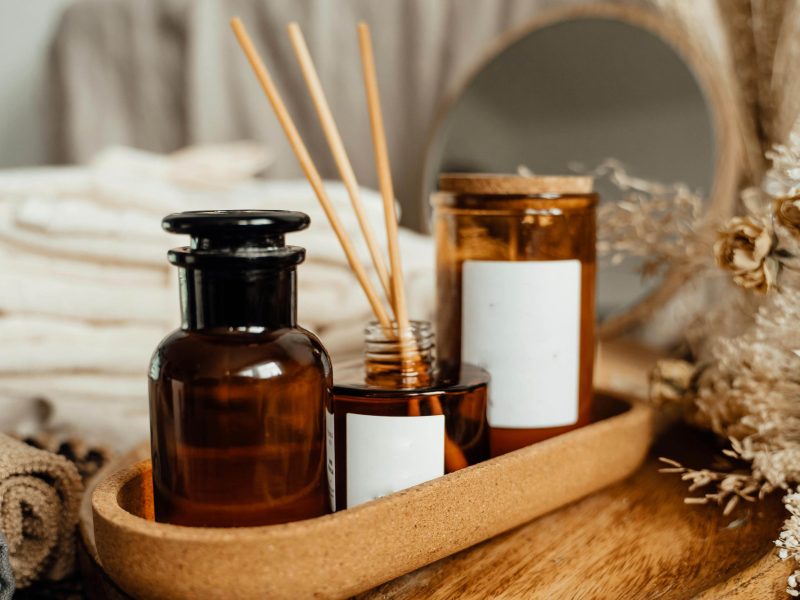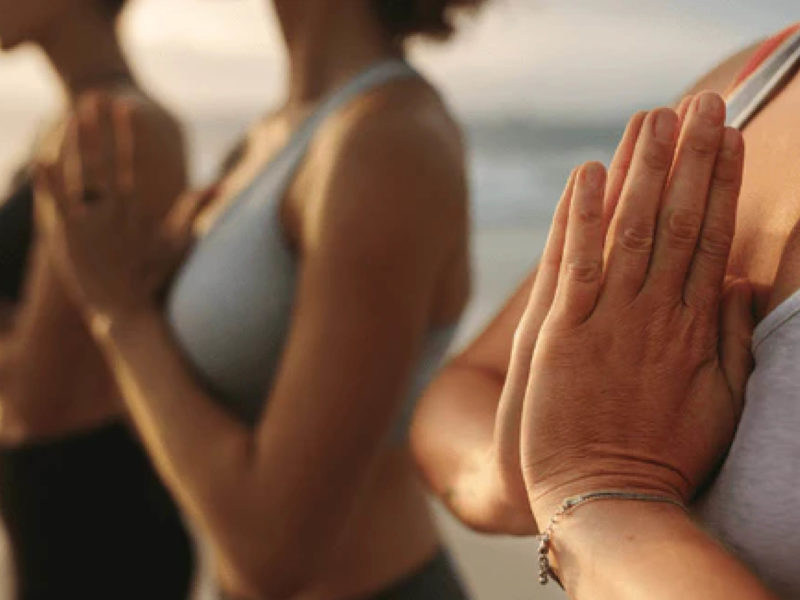
5 Mindfulness Tips to Empower Everyday Wellbeing
In today’s fast-paced world, carving out moments of mindfulness isn’t just a luxury – it’s essential. No matter your role or routine, incorporating small daily mindfulness practices into everyday life can significantly enhance overall wellbeing.
Even brief mindfulness practices are effective at alleviating stress, bolstering mental clarity, supporting emotional balance and nourishing innate resilience. By dedicating just a few minutes each day to mindfulness, you can foster a more balanced, resilient and grounded approach to life.
Discover how with these five simple yet powerful mindfulness tools that anyone can try – no experience required!
1. Iffermations: A New Spin on Self-Talk
No, that’s not a spelling mistake! Iffermations offer a refreshing twist on traditional affirmations. Instead of repeating fixed positive statements like “I am confident” (which can sometimes feel false when we’re struggling), this technique invites a curious, open-ended mindset.
This intentional thought process reframes our automatic negative thinking patterns with a positive new lens and helps break the cycle of self-doubt. By posing ‘what if’ questions that lean toward possibility, you can create space for optimism and ease.
When negative thoughts or stress begin to creep in, and you find yourself in a negative spiral, ask yourself:
• “What if this actually goes well?”
• “What if I handle this better than I expect?”
• “What if I’m more prepared than I think?”
• “What if I am more capable than I realise?”
• “What if I’m exactly where I need to be right now?”
• “What if this is an opportunity to learn and grow?”
Rather than anticipate a worst-case scenario, rethink that ‘what-if’ disaster-inspired thought into a life-affirming iffirmation! This shift from fear-based assumptions to possibility-based thinking can be incredibly empowering and helps engender newfound positivity.
2. Share the Best Part of the Day
Gratitude doesn’t have to come in big, dramatic moments. One of the most effective ways to boost mood and outlook is by regularly reflecting on the best part of your day. As parents, we often ask our kids to reflect on a highlight of their day, but how often do we ask this of ourselves?
Adopt a daily ritual of reflection which allows a gentle shift of attention toward the positive. Whether sharing it aloud with loved ones or jotting it down in a journal, the idea is to regularly reflect on what went well in your day – even if it was something small amongst all the chaos!
Consider these prompts in your evening reflection ritual:
• What was the best part of my day?
• What made me smile today?
• When did I feel most at ease?
• What small moment brought joy?
By consciously focusing on the day’s highlight, we can train the brain to notice joy, gratitude, and connection. Over time, this habit helps reinforce a more optimistic mindset.
3. Try Forest Bathing — No Swimsuit Required!
Forest bathing (or shinrin-yoku, as it’s called in Japan) is the practice of immersing yourself in nature with all five senses dialed in – no phones, no agenda, no distractions.
Originating in Japan in the 80s as an eco-antidote to increasing urbanisation and tech-induced burnout, this concept couldn’t be more applicable to today’s hectic lifestyles. Now, this is a retro throw-back worth bringing back! Research conducted in the 1990s verified what all humans instinctively know – time spent in nature is good for us. Even 10–15 minutes outdoors is enough to help regulate the nervous system, boost clarity and reduce stress.
How to practice forest-bathing? Unplug from devices, go outside in a natural setting – it doesn’t need to be a forest, your local park, garden or any green space will do – slow right down and engage your senses for sight, sound, smell, taste and touch.
• Feel the texture of tree bark, the softness of grass or cool stones underfoot
• Listen for bird calls, rustling leaves or the gentle flow of water
• Inhale the earthy aroma of greenery, or the scent of fresh flowers
• Savour the freshness or coolness of the air
• Observe the many shades of green, the play of light or the movement of foliage.
This mindful presence in nature promotes calm and mental clarity – it’s easy, accessible and completely free!
4. The 4–4–4–4 Breath Reset
Breathing may seem automatic, but mindful breathing is a powerful tool to bring the body and mind back into balance – especially in moments of stress, overwhelm or overstimulation. One of the simplest and most effective ways to self-soothe is the 4-4-4-4 method, also known as box breathing.
The beauty of this technique is you can do it anytime, anywhere: when finding yourself irritated having to wait in queues, before a big meeting or presentation, or when the kids are creating chaos and your first instinct is to shout.
Anytime you feel overwhelmed, anxious, stressed or frazzled, focusing on the breath is one of the quickest and most effective tools for grounding.
Here’s how it works:
• Inhale slowly for 4 counts
• Hold the breath lightly for 4 counts
• Exhale gently for 4 counts (or longer if you can!)
• Pause and hold for 4 counts before breathing in again
• Repeat this cycle at least 4 times, or more.
This simple rhythm sends calming signals to the nervous system, helps lower cortisol levels, and acts like a reset button for your day. Try setting a daily reminder or pairing it with another habit – like brushing your teeth – to make it part of your routine.
5. Ground Yourself with an Anchor Object
When the day starts to feel chaotic or your thoughts begin to spiral, a small object can become a powerful tool for grounding. An anchor object is simply a physical item that helps you return to the present moment — especially during times of stress or anxiety.
It could be a smooth stone, a special ring, a bracelet, or even a small keepsake with sentimental value. The key is that it’s easy to carry, can be worn or kept in a pocket and resonates with personal significance.
This is an easy technique to encourage one to pause, reflect and reclaim equilibrium in the present moment. Whenever you notice yourself becoming overwhelmed or distracted, take a moment to interact with your anchor:
• Feel its texture
• Focus on its temperature or weight
• Let it serve as a cue to take a breath or repeat an Iffermation.
Over time, the simple act of touching or noticing your anchor object can become a calming ritual – one that signals a moment of stillness, presence, and refocused perspective. With consistent practice, it will help build resilience and foster a deeper sense of inner peace.
Final Thought
Mindfulness doesn’t have to be complicated. These five simple practices are easy, accessible and don’t cost a thing! They are perfect to practice on your own or share with a loved one, friend, colleague or customer – anyone whose emotional journey you support. These tools and techniques help build self-awareness, a grounded perspective and ultimately greater joy and inner peace with life – one small step at a time.





